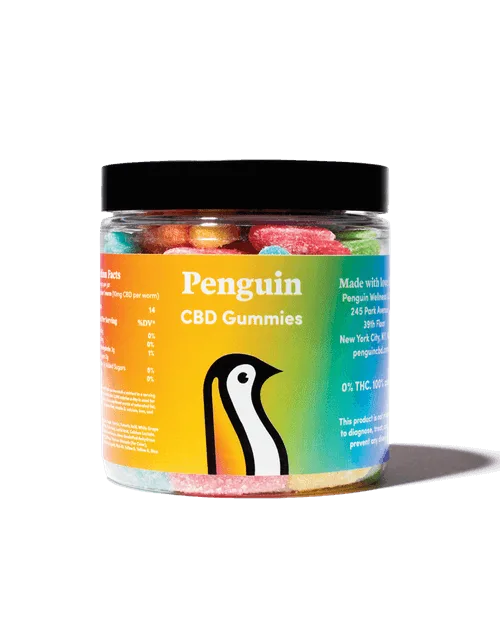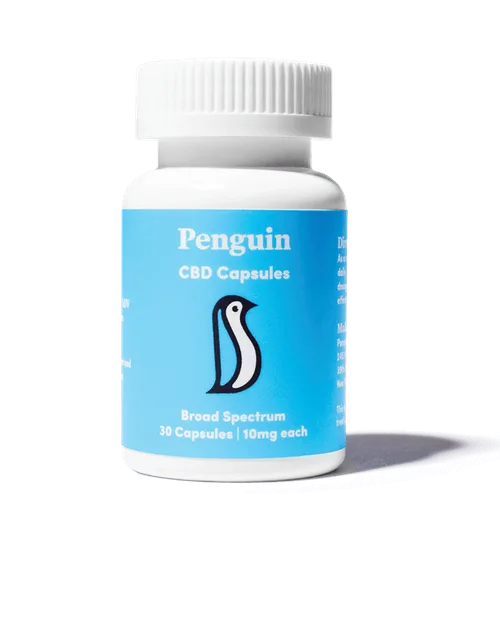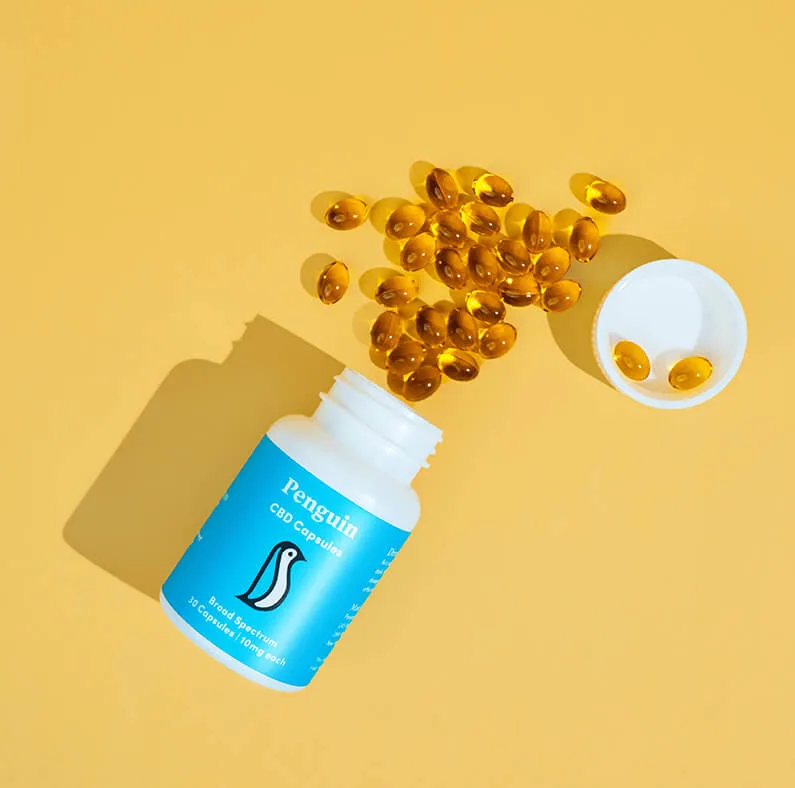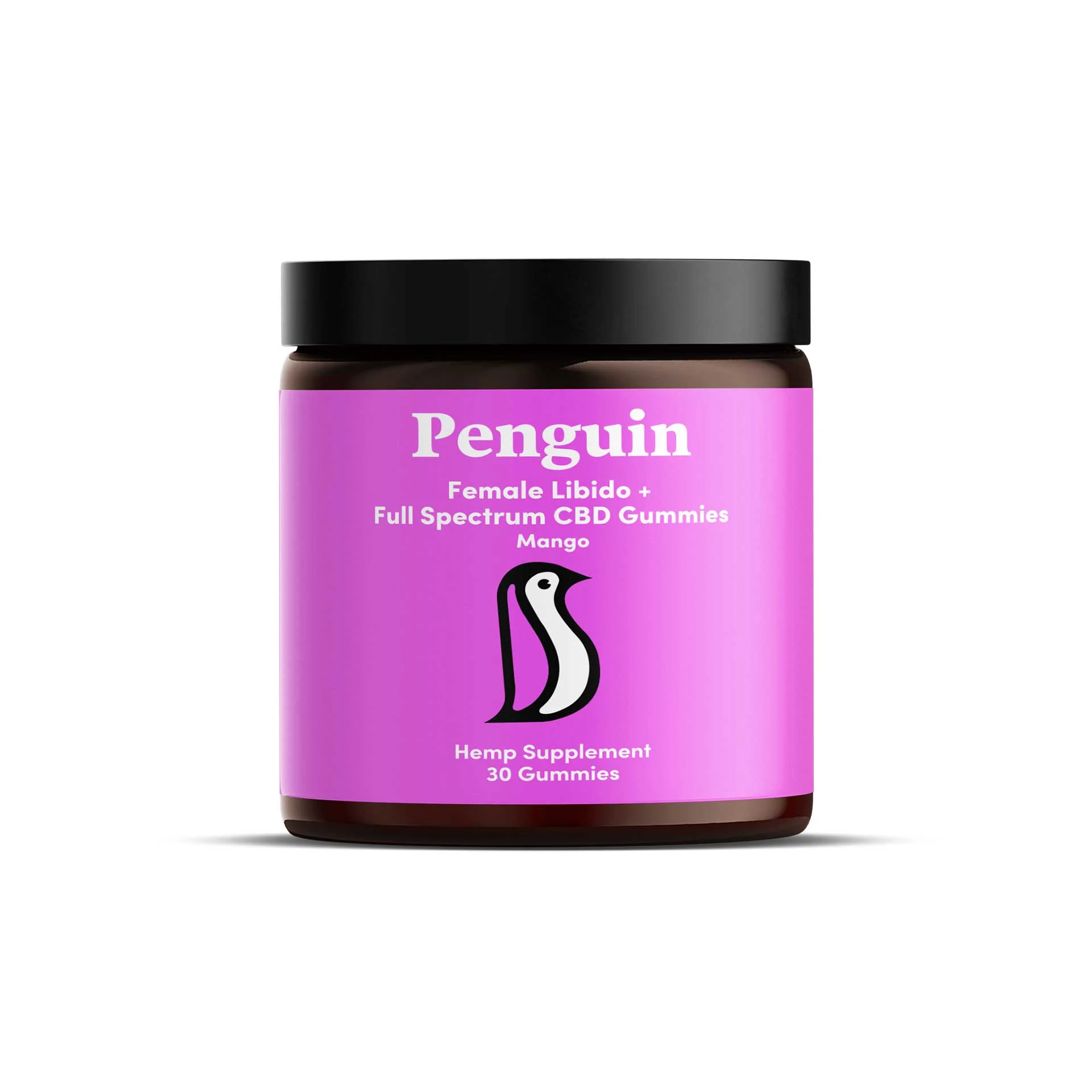How to Buy CBD Oil: Step-by-Step Guide
 By Penguin CBD
By Penguin CBDLike the children stepping through a wardrobe into the frozen magical kingdom of Narnia, as a newcomer to the CBD oil marketplace, you might be overwhelmed with all the variety and choices to be made. While CBD oil won’t make you friends with talking animals or provide you with a royal title, it may lead you into a healthier, better lifestyle.
However, you can’t just grab any CBD oil, imagining that they are all the same. There are a number of factors that go into purchasing a CBD oil that’s right for you. That’s why we created this step-by-step guide to buying CBD oil.
Step 1: Be Informed About the CBD Oil Marketplace and the Products You’re Scouting
There are several key things to be aware of, regardless of which CBD oil you end up purchasing.
You should be aware of each product’s:
- Origin of CBD
- Processing techniques
- Testing protocols
- Potential risks
The origin of your CBD is more important than you might think. Consider, for example, a banana grown in Colombia versus one grown in Colorado. The end result will be different because they are grown under different conditions. The same kind of discrepancies exist between hemp varieties, depending on where they are grown.
It’s not just the soil and photoperiod that will determine how well hemp grows, however. Location also determines which laws govern its production. In places where laws are lax or the oversight is poorly regulated, it’s likely that less-than-stellar CBD oils will wriggle their way into the marketplace. It’s best to buy your CBD from plants grown in the USA, as it has some of the highest standards on growing hemp.
In the United States, Oregon and Kentucky are two well-known locations where hemp is grown. If your CBD originates from either of those states, you’re likely getting excellent CBD from healthy, well-cared-for hemp plants.
Once you know its origin, it’s important to look at exactly how the CBD was processed.
There are a multitude of ways to extract cannabinoids from hemp, including:
- CO2-based extractions
- Food-based oil extractions
- Butane-method extractions
The safest and most effective method is generally considered to be supercritical CO2 extraction. This leaves behind a clean sample with the most terpenes possible. Unfortunately, other extraction methods leave behind potentially toxic residue and bad flavors, and can even destroy many of the beneficial compounds you’d want to find in your CBD oil.
To be sure that you’re getting the cleanest, healthiest CBD oil, you’ll want to look into the testing protocols followed by the brands you’re considering. Some test very little.
Others test their products quite often. The more recent the testing date on the results, the greater the likelihood that you’re dealing with a company that likes to know (and show) their products’ test results.
That being said, even if you stay completely informed on all those topics, there are still a few potential pitfalls when adding CBD to your diet.
For example, CBD is known to interact with a handful of conventional pharmaceuticals and make it more difficult for your body to absorb them. In other words, CBD may render your medications inactive.
According to research from 2019, CBD is involved in the important biological functions of drug metabolism and excretion. Its consumption could lead to adverse side effects if you’re not cautious.
That’s why the most important step of staying informed when buying CBD is hearing what your doctor or physician has to say. Make sure you consult with them before adding cannabidiol to your daily regimen.
Step 2: Narrow the Choices to a Few Brands You Love
If you feel like you’re in the clear to consume CBD safely, you may take your first glance at the marketplace. It’s like staring into an endless hallway of grocery shelves.
Start by looking at the brands that are keeping their customers informed. Are they regularly blogging or posting videos on YouTube? Are they active on your favorite social media site? Do you see commenting on an important CBD subreddit?
It will be easier to narrow down your selection to a few brands when you see who is actually out there putting in the work.
Also look for a daily blog focused on issues surrounding CBD. One CBD brand may have more than just CBD in its lineup and talk about the endless number of cannabinoids on an ever-changing basis, while others will focus solely on the cannabinoid.
Find the company that’s keeping you informed on the topics and ideas you love, and you’ve probably found a brand that deserves a closer look at its products.
When you start to look at the products of different brands, you’ll realize that the prices vary wildly, from a few hours of minimum wage up to hundreds of dollars per bottle. That’s why you’ll want to focus on brands that have premium oil without an over-the-top sticker markup.
However, you won’t be able to truly know which brands are providing the best CBD oil at the right value until you start getting granular with your product search.
Step 3: Narrow Down Your Product Selection
CBD oil is CBD oil, right?
Unfortunately, no. One of the main determining factors in what your CBD is going to look like is its extraction method. And, since there are a variety of ways to extract CBD oil, we end up with a variety of CBD oil products.
Here are four ways in which CBD oil can be extracted and how they impact the final product:
1. Butane
Butane does a good job of extracting cannabinoids and creating highly potent CBD products. However, CBD oils derived from butane (or similar) extractions are perhaps the least attractive. The solvents initially carry the risk of explosion (it’s used in lighter fluid), and also carry risk to consumers since potentially noxious compounds are left behind in residual amounts.
With risks to both the processors and the consumer, you can quickly narrow down your CBD oil selection by avoiding products that are extracted with butane.
2. Food-Based Oil
The easiest way to extract cannabinoids is with ingredients you can find right in your own home. Products like olive oil, coconut oil and butter are the perfect mediums to draw out the plant compounds.
While these products may add some flavor to the final product, they also bring additional dietary components. Consider the fat and nutrients that a food-based carrier oil brings as well.
If you know you would like to start a CBD regimen but you don’t want to otherwise impact your diet, it would be wise to avoid food-based extracts.
3. Distillation
If you’re looking for CBD without any additives, consider distilled CBD.
While it has the benefit of creating a clean, isolated product, the isolation also means that CBD is left to act by itself. This is counter to research that suggests cannabinoids work best in conjunction with other cannabinoids and plant compounds, such as terpenes. This is often called “the entourage effect.”
Distilled CBD oils likely will have little to no value in regard to the entourage effect, since the CBD has been completely isolated from any other compounds during the distillation process.
If you know that you would like CBD along with terpenes and some other cannabinoids, there are other extraction methods to consider first.
4. CO2
If you’re looking for the extraction capabilities of butane without the toxic residue, but you also want the purity of a distilled product with the flavor of a food-based extraction, then you should consider supercritical CO2 extractions.
This method of extraction is similar to butane or ethanol-based extractions, but with a cleaner medium. While you won’t receive the same level of terpenes in these extractions as you will from olive oil extractions, you’ll find the products more diverse and enjoyable.
A CO2-extracted CBD oil product is much easier to manipulate, and that includes the flavor.
Once the CBD is extracted from the plant, it must be processed further. Many companies choose to add their CBD to a carrier oil in order to improve its bioavailability. It also adds some taste to an otherwise earthy compound.
You may also want to consider the activation time of the product. If the CBD oil you select is sold in capsules or tablets, activation time may take up to a few hours as your body digests everything in your stomach. A CBD oil with a dropper for sublingual dosing, however, may provide rapid activation times since the cannabinoid can enter the bloodstream through the lining under the tongue.
If you’re worried about dropping a pungent and earthy flavor under your tongue, you can further narrow your search by looking for products that are flavored. We flavor our Penguin CBD oil with mint, strawberries, cookies & cream and more!
Thankfully, flavoring CBD oils doesn’t impact their efficacy, but that doesn’t mean you should overlook a brand’s reputation. Just ask online. People often describe their experiences with CBD oil so other consumers have an idea of what they are walking into when they purchase the products.
It doesn’t end there, however. You’ll still need to look a bit closer at the product label.
Step 4: Determine Your Dosage Needs for CBD Consumption
One of the most important items you’ll read on the product label is the milligrams of CBD present, along with any other ingredients in the bottle.
A low-dosage bottle can look nearly identical to a high-dosage bottle, but pricing will often indicate the difference as well. Of course, higher-dosage bottles will come with a higher price tag, but does that mean it’s the one you should buy?
If you’re new to CBD, you probably won’t want a high dose initially. The mantra in this genre is to start low with your dose and increase slowly. Eventually, you’ll find a level of CBD that provides the impact you desire, and you can maintain your intake at that level.
According to research, even if you did increase your CBD dosage, there is little risk of toxicity associated with CBD. The data indicate that CBD:
- Does not alter heart rate.
- Does not change blood pressure.
- Does not alter body temperature.
- Does not induce catalepsy.
- Does not alter psychomotor or psychological functions.
Maintaining the lowest level of CBD on a consistent basis is possible because humans don’t develop a tolerance to it. Your baseline threshold should remain constant if all else remains equal.
Once you’re informed about what’s available, have narrowed it down to a few brands, whittled it even further to a select few products, and know the CBD oil and dose you’re going for, you then have to make your purchase.
Step 5: Paying for Your CBD Oil
Cash, check, credit, crypto?
If you’re thinking that it might be difficult to buy CBD oil because of the restrictions on other cannabis-derived products, you’ll be relieved to hear that’s not the case for CBD products.
From gas station checkout lanes to online stores to local events, CBD can be purchased all over the United States with almost any form of payment.
Now that we’ve walked you through our step-by-step guide on how to buy CBD oil, please check out our premium in-house Penguin CBD products, which come in a variety of delicious flavors.










